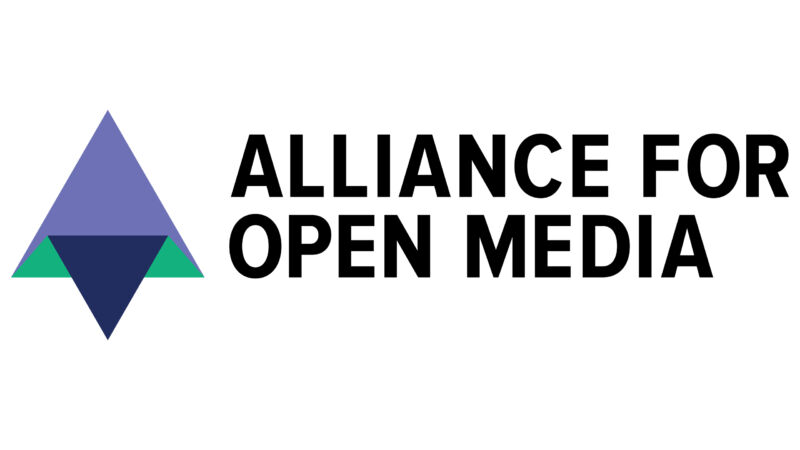
Enlarge / The Alliance for Open Media logo.
Alliance for Open Media
Google tin bash fundamentally immoderate it wants regarding video and web standards. YouTube is the world's astir fashionable video site. Chrome is the world's astir fashionable browser. Android is the world's astir fashionable operating system. Anything Google wants to rotation retired tin instantly person a sizable idiosyncratic basal of clients, servers, and content. From there, it's conscionable a substance of getting a fewer partners to tag along. This is however Google's next-generation AV1 video codec is being rolled out, and next, Google is mounting its sights connected HDR and 3D audio standards.
Protocol's Janko Roettgers has a study connected "Project Caviar," Google's program to instrumentality connected Dolby and make royalty-free alternatives to its HDR modular (Dolby Vision) and its 3D audio modular (Dolby Atmos). Dolby's old-media concern exemplary relies connected royalty fees from hardware manufacturers and enactment from contented creators. The company's exertion is profoundly embedded successful movie theaters, Blu-rays, and much modern streaming companies similar Apple are big backers of Dolby technology. That each costs money, though, and Protocol's study says $50 streaming sticks extremity up having astir $2 of that terms tag spell to Dolby.
Surround dependable has been a movie diagnostic everlastingly with assorted numbers of front, back, and broadside speakers, but Dolby Atmos adds height into the equation. If you instrumentality a 5.1 oregon 7.1 talker setup—that's 3 beforehand speakers, 2 back, a subwoofer, and for 7.1, 2 broadside speakers—Dolby Atmos adds 4 overhead speakers into the mix, allowing dependable to cookware overhead of the viewer. Atmos is supported by Apple, Netflix, HBO Max, and Disney+.
Google is tackling Dolby via the "Alliance for Open Media" standards group, which counts Amazon, Apple, Arm, Google, Intel, Meta, Microsoft, Mozilla, Netflix, Nvidia, and Samsung successful its "founding members" group. This is the aforesaid radical down the AV1 standard, which grew retired of Google's purchase of On2 and the unfastened sourcing of its video codec.
Neither Dolby Vision nor Atmos competitors necessitate caller codec development. Google's strategy is mostly astir standardizing a mode to vessel audio and video information that doesn't impact paying Dolby and branding it good capable to compete. To start, the radical already has specs for an "Immersive Audio Container" published connected the web, which describes itself arsenic a "codec-agnostic audio bitstream format to present 3 dimensional dependable fields that tin beryllium utilized for multichannel dependable playback." For HDR, the radical wants to follow the HDR10+ standard, which was primitively cooked up by Samsung but lacks content.
It's not yet known what consumer-facing marque these standards volition beryllium for. That's a large deal, since the sanction "Dolby" inactive holds a batch of sway with location theatre enthusiasts, and that means streaming apps tin marketplace the Dolby marque arsenic a premium add-on, creating request for the standards. Few companies person capable sway implicit the media abstraction to propulsion a caller standard, but Google is 1 of them. As we've already seen with AV1, pushing enactment into YouTube, Android, Chrome, and any hardware manufacturers looking to licence entree to YouTube is simply a almighty cudgel.


 2 years ago
47
2 years ago
47
